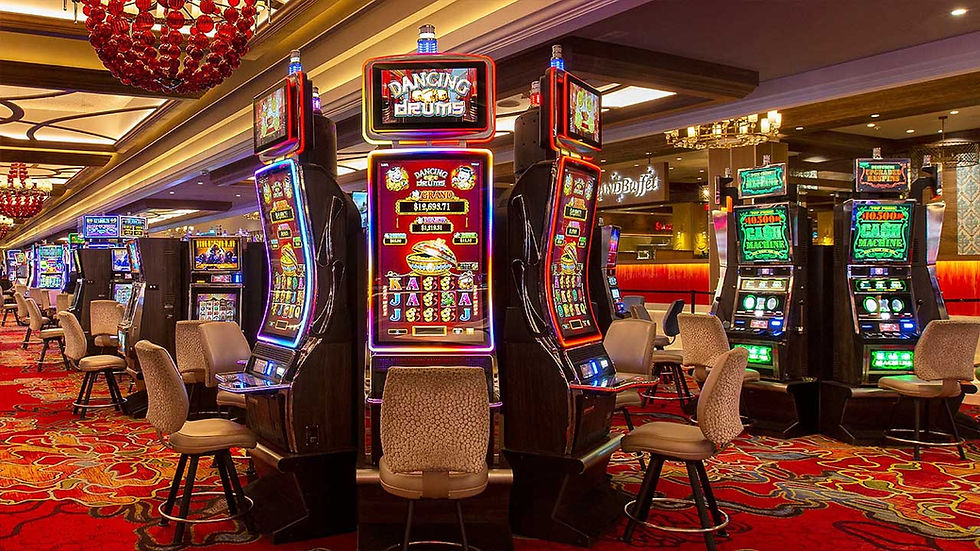MGO Board - Versatile And Durable Building Material
- vealboozer
- Jun 11, 2024
- 2 min read

Magnesium Oxide (MGO) board is gaining popularity in the construction industry for its versatility, durability, and environmental benefits. Whether you're involved in residential, commercial, or industrial building projects, MGO board offers a range of advantages that make it an excellent choice for various applications. Here’s a closer look at what MGO board is, its benefits, and why it’s becoming a preferred building material.
MGO board is a type of sheathing board made from magnesium oxide, a naturally occurring mineral. It's created by combining magnesium oxide with magnesium chloride, perlite, and other additives, resulting in a strong, fire-resistant material. This composition makes MGO board an ideal substitute for traditional drywall, plywood, and cement boards.
One of the primary benefits of MGO board is its fire resistance. It can withstand temperatures of up to 2000 degrees Fahrenheit without burning, making it an excellent choice for fire-rated wall assemblies and fire barriers. This high level of fire resistance provides peace of mind for builders and homeowners, enhancing the safety of any structure.
In addition to fire resistance, MGO board is also highly resistant to moisture, mold, and mildew. Unlike traditional drywall and wood-based products, MGO board does not swell, warp, or degrade when exposed to moisture. This makes it particularly useful in areas prone to humidity, such as bathrooms, kitchens, basements, and exterior walls. Its resistance to mold and mildew also contributes to better indoor air quality, as it prevents the growth of harmful spores.
Durability is another significant advantage of MGO board. It is incredibly strong and can withstand impact, making it suitable for high-traffic areas and environments where durability is a must. MGO board is also resistant to termites and other pests, further enhancing its longevity and reducing maintenance costs over time magnesium board.
MGO board is also valued for its versatility. It can be used for various applications, including wall and ceiling panels, flooring underlayment, roof sheathing, and exterior siding. Its versatility extends to finishes as well, as it can be painted, plastered, or veneered to achieve the desired look and feel. This flexibility makes MGO board an attractive option for architects and builders looking for a material that can adapt to different design requirements.
Environmental sustainability is a key benefit of MGO board. It is made from non-toxic, natural materials and does not contain harmful chemicals like formaldehyde, which are often found in traditional building materials. The production process for MGO board has a lower carbon footprint compared to other building materials, contributing to more eco-friendly construction practices. Additionally, MGO board is recyclable, further enhancing its environmental credentials.
Ease of installation is another advantage of MGO board. It can be cut, drilled, and shaped using standard tools, making it easy to work with on-site. Its lightweight nature also simplifies handling and installation, reducing labor costs and time. This ease of use makes MGO board a practical choice for both new construction and renovation projects.
MGO board also offers excellent thermal and acoustic insulation properties. Its high thermal resistance helps maintain consistent indoor temperatures, improving energy efficiency and reducing heating and cooling costs. Its sound-dampening qualities make it ideal for use in multi-family housing, office buildings, and other settings where noise reduction is important.



Comentários